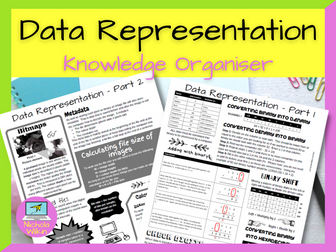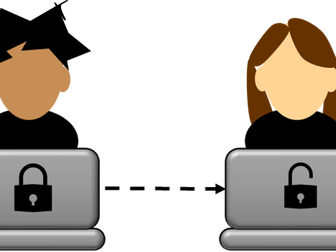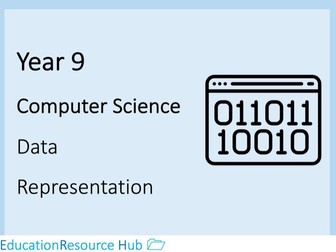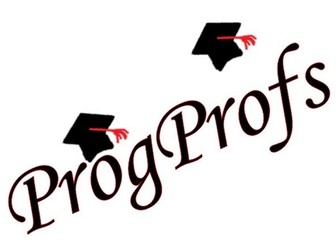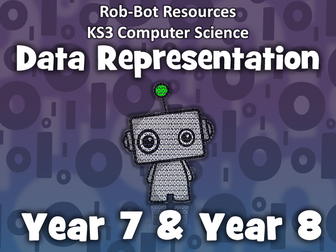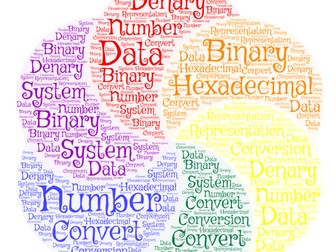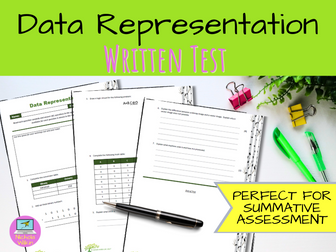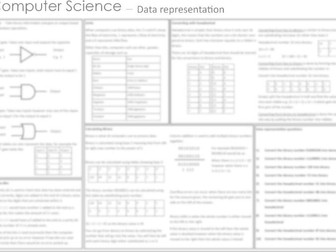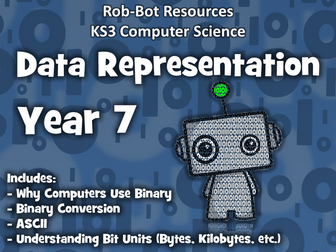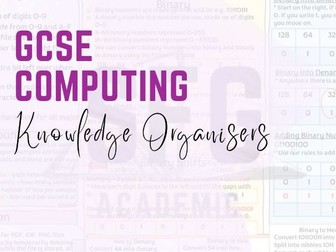
Data Representation Knowledge Organiser
This visually appealing knowledge organiser is a quick summary to recap binary representation. It can help pupils revise for end of unit tests or GCSE computer science exams by including small straightforward facts that can be learnt in minutes.
A powerful revision aid that your students will love.
What are you waiting for? Grab your copy now and together we can boost your pupil’s confidence in understanding data representation.
WHAT IS INCLUDED?
This PDF knowledge organiser includes the important facts and a separate PDF document includes revision tips and an exam style question including a possible answer.
HOW CAN I USE IT?
This resource makes an ideal homework task, can be used as part of a lesson or given to pupils to help them with their revision.
WHAT DOES IT COVER?
This knowledge organiser includes easy to digest facts on the following topics:
Data units
Converting denary whole number to binary
Add binary numbers
Use binary shifts
Convert binary into hexadecimal numbers
The use of check digits
Representing characters
Character sets
Representing images in pixels
Metadata
Colour depth
Resolution
Calculating the size of an image
Sound sampling
Sample size
Bit rate
Lossy and lossless compression
.
Get your copy of this fantastic knowledge organiser now. You’ll wonder how you ever managed without it.
FREE BONUS PRODUCT INCLUDED
As a special thank you for purchasing this product I am pleased to be able to also include a surprise FREE bonus gift. This gift is one of our complete resources which we will usually charge full price for but is yours absolutely free when you purchase this product. Just our little way of saying thank you to our valued customers. I hope you enjoy it and get use out of it, with my compliments.
Click here to see my other computer science knowledge organisers
